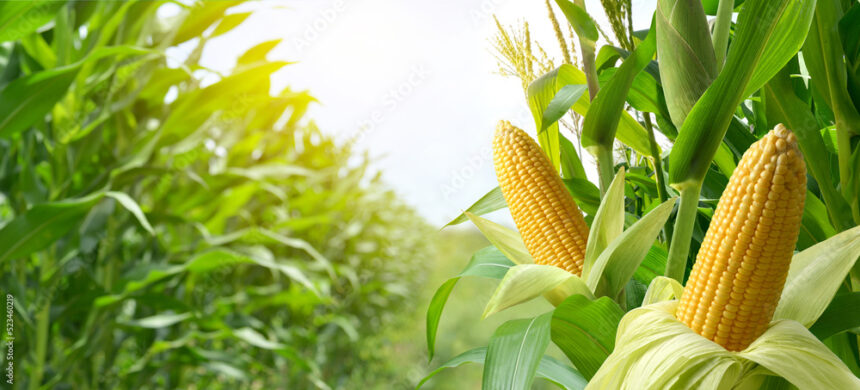Northern Corn Leaf Blight (NCLB) is a fungal disease that affects maize (corn) plants. It is caused by the pathogen Exserohilum turcicum. Here are some symptoms of NCLB that you should look out for in maize:
- Lesions on leaves: The most characteristic symptom of NCLB is the presence of lesions on the leaves of maize plants. These lesions are usually long and elliptical in shape, and they may be grayish-green to tan in color. As the disease progresses, the lesions may expand and turn brown.
- Lesion shape and distribution: The lesions caused by NCLB are typically cigar-shaped and run parallel to the leaf veins. They often start on the lower leaves of the plant and move upward as the disease spreads.
- Lesion size and number: The size and number of lesions can vary depending on the severity of the infection. In severe cases, lesions may coalesce, causing large areas of necrosis on the leaves.
- Lesion appearance: The lesions caused by NCLB usually have distinct borders. The center of the lesions may become gray or tan and may have a “frosted” or “dirty” appearance due to the presence of fungal spores.
- Leaf blighting: As the disease progresses, the leaves may start to turn yellow or brown, leading to a general blighting of the foliage. Severe infections can cause significant damage to the leaves, affecting the overall health of the plant.
- Stalk and husk symptoms: In some cases, NCLB may also cause lesions on the stalks and husks of maize plants. These lesions are similar to those on the leaves and can contribute to premature senescence and weakened stalks.
It’s important to note that these symptoms may resemble those of other diseases or environmental factors, so proper diagnosis by a plant pathologist or agricultural expert is recommended to confirm the presence of NCLB. Additionally, different maize varieties may exhibit varying levels of susceptibility to NCLB, with some being more resistant than others.
Join 'Farmers Mag' WhatsApp Channel
Get the latest Farming news and tips delivered straight to your WhatsApp
CLICK HERE TO JOIN






